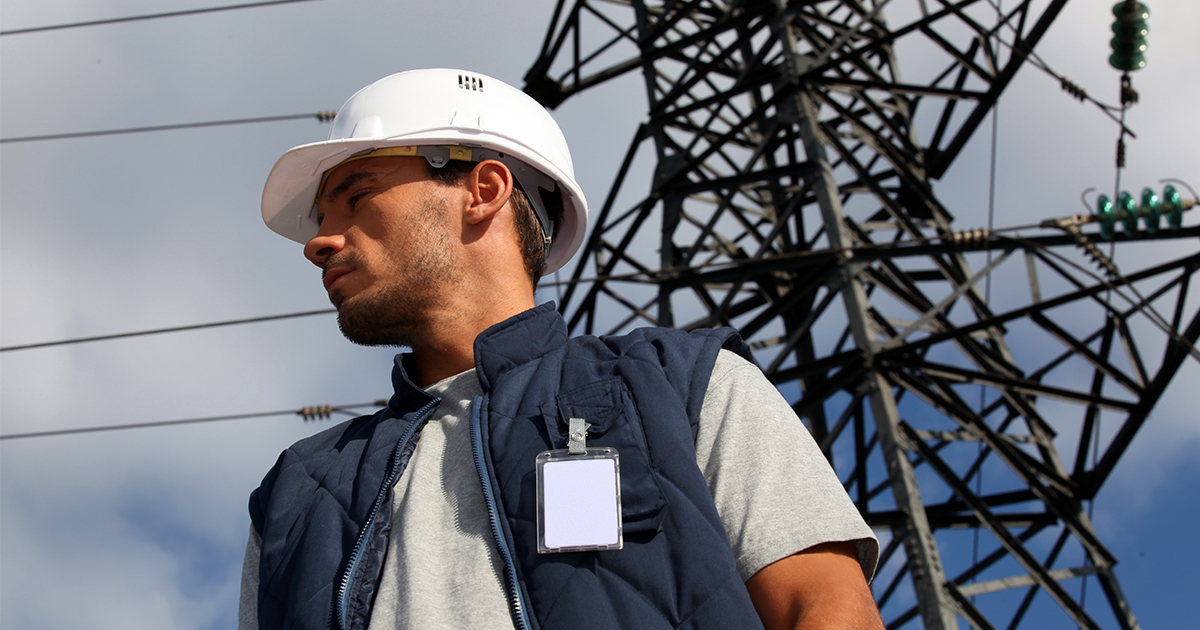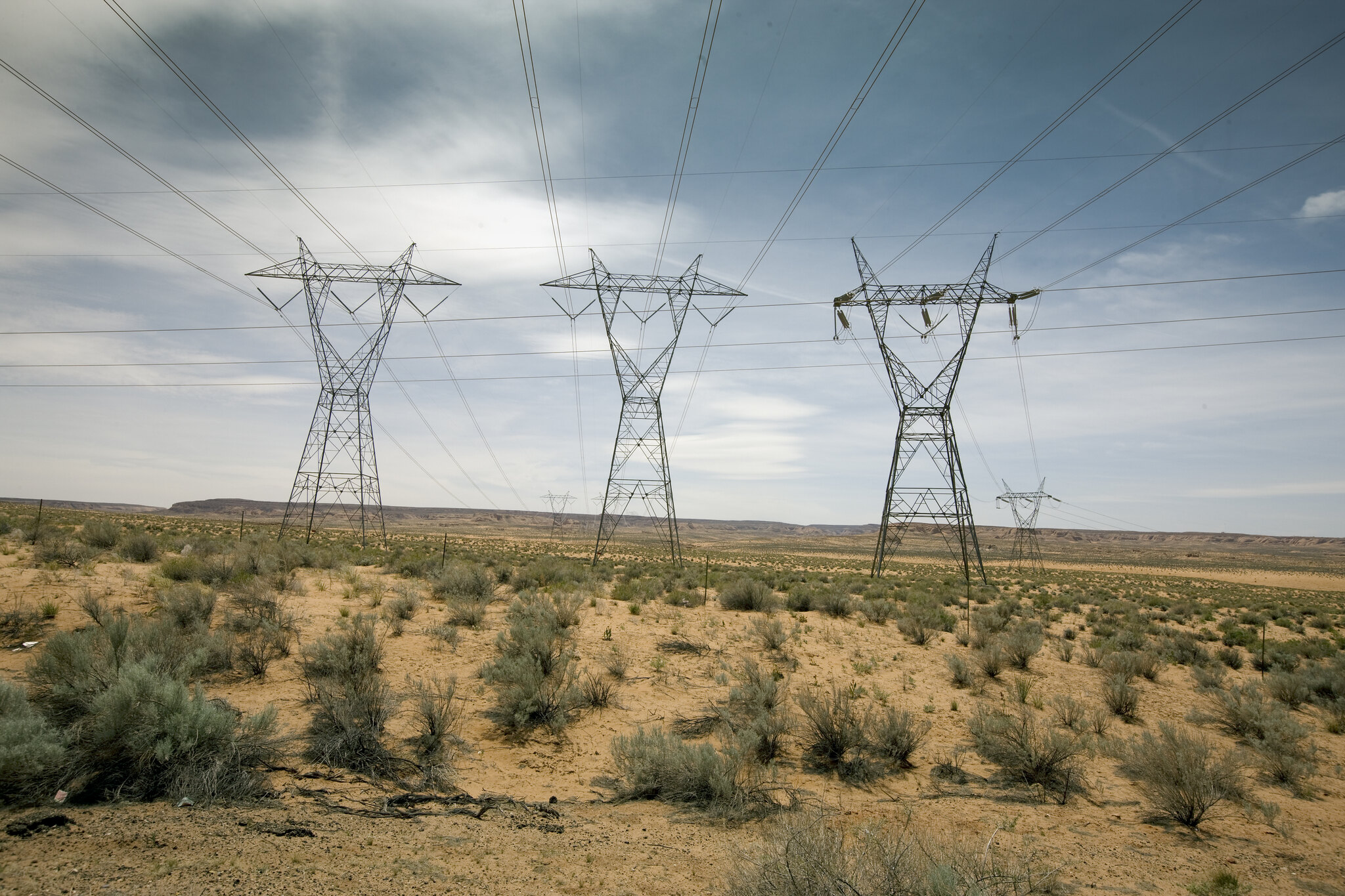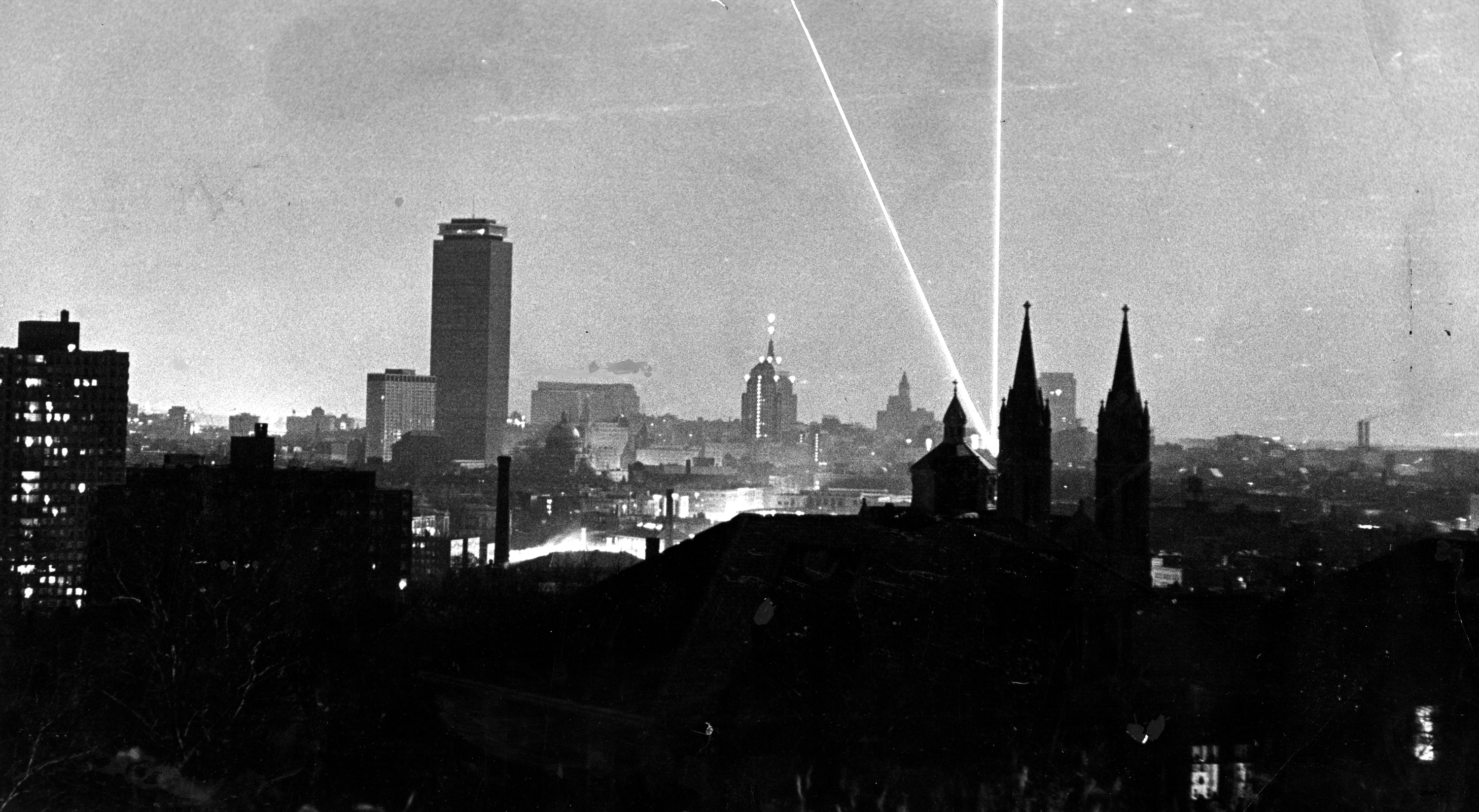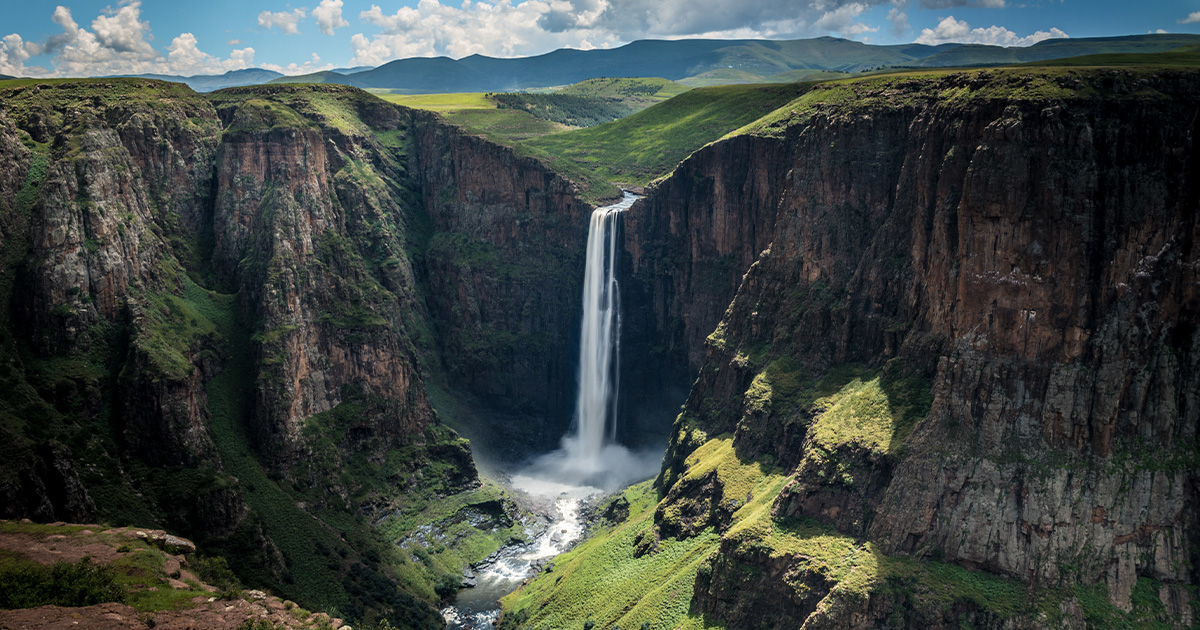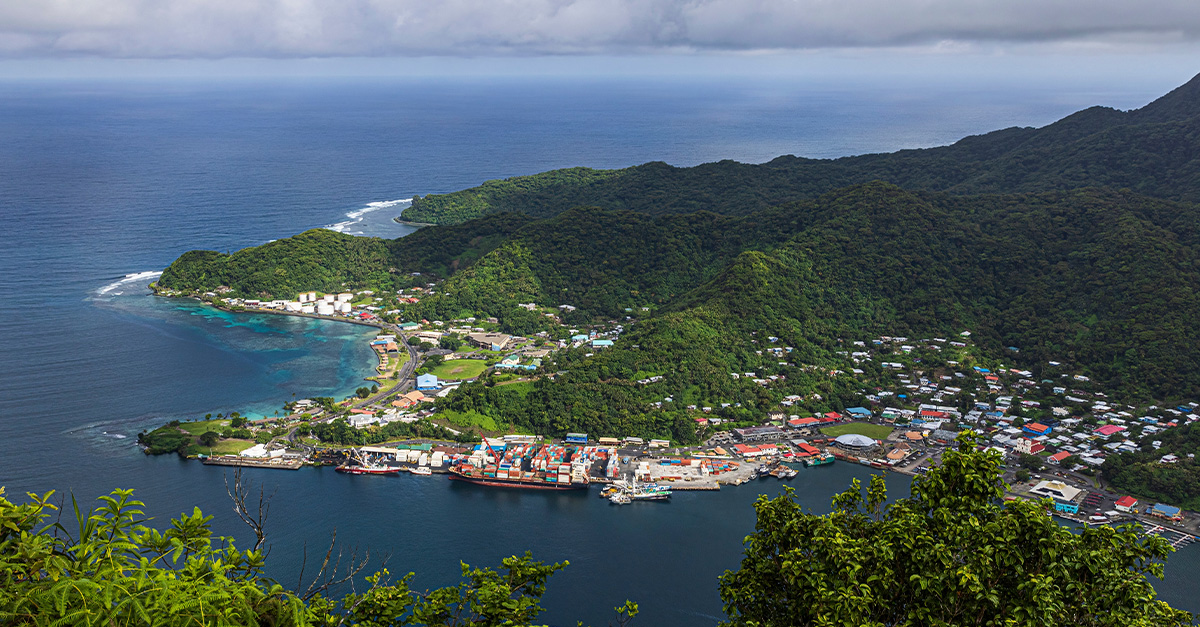The Worst Power Outages in U.S. History
America has seen its fair share of blackouts over the years, some of which have made history.
With millions of people affected, billions of dollars in damages, and extensive durations of power loss, there are 9 specific events that stand out as some of the worst blackouts in America.

America’s Electric Grid
America’s electric grid is made up of more than 450,000 miles of high voltage transmission lines.
Including the West, East and Texas power grids, these grids supply over 140 million people—including industries, businesses, and residents—with electricity.
Difference Between a Power Outage and a Blackout
A typical power outage lasts a few minutes to maybe a few hours, at most.
A blackout is the total loss of power to a wider area and for a long duration. It is the most severe form of power outage that can occur.
Consequences of Blackouts
Aside from your home’s lighting and heating, power outages instantly disrupt many things, including: communications, water, and transportation.
These disruptions can last days or even weeks, and seriously hinder relief efforts and restoration time.
Causes of Blackouts
There are many causes of blackouts, including: storms, fallen trees, cyberattacks, equipment failure, high energy demand, damaged power lines, and natural disasters.
The most common causes are natural disasters, human error, and overload.
Blackouts in US History
The worst blackouts in U.S. history affected millions of people, across numerous states. They ranged in duration from several hours to several weeks, and some even caused costly damages and risk to people’s lives.
Here are the 9 worst blackouts in U.S. history, starting in the 1960s.
Northeast Blackout (1965)
On November 9, 1965, over 30 million people suddenly lost power after a major disruption in the power supply for the Northeast.
Northeast Blackout (1965): States Affected
The blackout lasted 13 hours, and affected numerous states, including: Connecticut, Massachusetts, New Hampshire, New Jersey, New York, Rhode Island, Pennsylvania, and Vermont.
Northeast Blackout (1965): Cause
The cause of the blackout was human error.
A few days prior, a protective relay on a transmission line was incorrectly set near Sir Adam Beck Station No. 2, the Niagara generation station in Queenston, Ontario, Canada.
This error caused a trip in the circuit breaker, resulting in an overload.
Northeast Blackout (1965): Time of Year
Due to the time of year, weather was cooler which meant that people were using a lot of power to heat, light, and cook in their homes—putting an incredible strain on the system already.
When one line tripped, the power diverted to other lines, causing immense overloads in numerous directions.
Northeast Blackout (1965): Affects
The blackout took many hours to fix, and in the meantime, people were stranded in office buildings, subway tunnels and trains with no way to get home.
Communications took a major hit.
New York City (1977)
On July 13, 1977, all of New York City lost power after numerous circuit breaker trips occurred. When the biggest generator in the city shut down, the city shut down with it.
 Allan Tannenbaum, Getty Images
Allan Tannenbaum, Getty Images
New York City (1977): Cause
The cause of this blackout was lightening. A substation by the Hudson River was struck by lightening resulting in two tripped circuit breakers, which diverted power elsewhere.
However, this caused 340,000 volts of electricity to convert to a lower voltage—which had consequences of its own.
 Juliancolton, Wikimedia Commons
Juliancolton, Wikimedia Commons
New York City (1977): A Second Lightening Strike
A second, and then third lightening strike is what did us in. Almost an hour after the initial tripped breakers, New York’s biggest power generator went down, resulting in the citywide blackout.
New York City (1977): Unlawful Activity
Unlike the blackout in 1965, this one happened during a time of economic struggle and people instantly took advantage of the blackout to commit unlawful acts, including looting, arson, and rioting.
New York City (1977): Casualties
As a result, four people lost their lives, over 550 people were injured, and a whopping 4,500 people were apprehended by authorities.
Damages in and around the city cost over $300 million, with about 1,616 buildings destroyed or looted.
 Robert R. McElroy, Getty Images
Robert R. McElroy, Getty Images
West Coast Blackout (1982)
On December 22, 1982, an estimated 2.5 million homes and businesses lost power, affecting people in San Francisco and San Diego, all the way to Las Vegas, Nevada.
 GeraldPHawkins, CC BY 3.0, Wikimedia Commons
GeraldPHawkins, CC BY 3.0, Wikimedia Commons
West Coast Blackout (1982): Cause
Extremely high winds—averaging 90-mph—knocked a key transmission tower into a line tower causing three other towers to fall. In total, six towers were knocked over, resulting in a massive loss of power.
When communications went down, workers were unable to receive instruction, which caused further delay.
 Ricardo Reitmeyer, Shutterstock
Ricardo Reitmeyer, Shutterstock
West Coast Blackout (1982): Duration
The duration of the blackout varied by location. Most people regained power by the following day, but power outages continued for up to three days for most rural areas.
 BARANOV OLEKSANDR, Shutterstock
BARANOV OLEKSANDR, Shutterstock
West Coast Blackout (1982): Causalities
The storm, which included extremely high winds—the cause of the blackout—wreaked havoc in many ways.
Over 7,000 people at Disney Land had to be evacuated when the power went out, the Gold Gate Bridge was shut down after trucks were blown over, and a massive traffic jam resulted in various crashes.
 S.Fujioka, CC BY-SA 3.0, Wikimedia Commons
S.Fujioka, CC BY-SA 3.0, Wikimedia Commons
Western North America Blackout (1996)
This blackout actually refers to two blackouts that occurred during the summer of 1996, six weeks apart, in the same areas—Western Canada, Western United States, and Northern Mexico.
Western North America Blackout (1996): Magnitude
Believe it or not, both power outages only lasted minutes or hours, depending on location, and were mostly an inconvenience as opposed to an emergency.
Even so, two million people were affected the first time, and 7.5 million were affected the second time.
Western North America Blackout (1996): Cause
Both incidences were said to be caused by an overload to the systems due to an incredibly hot summer where the excess use of air conditioners called for a high demand of power.
North Central U.S. (1998)
On June 25, 1998, over 152,000 people were suddenly caught in the dark after a blackout affected the areas of the upper Midwest, Ontario, Manitoba, and Saskatchewan.
North Central U.S. (1998): Cause
The cause was a lightening storm in Minnesota that initiated a transmission failure.
Multiple lightning strikes caused an overload in the lines, essentially separating the entire northern Midwest from the Eastern grid.
North Central U.S. (1998): Duration
The earliest people got power back was after 19 hours, though many rural areas went without power for much longer.
 Yevhen Prozhyrko, Shutterstock
Yevhen Prozhyrko, Shutterstock
Northeast Blackout (2003)
The Northeast Blackout of 2003 is the second most widespread power outage in history. In America alone, this blackout affected 45 million people in eight states, and another 10 million people in Ontario lost power.
 Glitch010101, CC BY-SA 2.0, Wikimedia Commons
Glitch010101, CC BY-SA 2.0, Wikimedia Commons
Northeast Blackout (2003): Cause
This massive blackout was caused by a software bug at FirstEnergy Corporation in Ohio. When overloaded transmission lines hit untrimmed trees, the alarm did not sound to warn maintenance workers.
Northeast Blackout (2003): Duration
The blackout began on August 14th, and the duration of the outage lasted anywhere from four hours to two days, depending on location.
Northeast Blackout (2003): Utilities
Water systems in several cities lost pressure, forcing boil-water advisories to be put into effect, and cell services were interrupted due to an increase in the volume of calls.
 Camerafiend, CC BY-SA 3.0, Wikimedia Commons
Camerafiend, CC BY-SA 3.0, Wikimedia Commons
Northeast Blackout (2003): Chaos & Price Gouging
With the extensive loss of power, cities were left in complete chaos.
Gas stations that still had power started charging double, and cars reluctantly lined up for hours to get it.
Northeast Blackout (2003): Traffic Control & Evacuations
Street lights were out, and since there weren’t enough officers to cover all intersections, volunteer civilians were given fluorescent jackets to help out.
Numerous evacuations occurred, including subways, government buildings, and large tourist areas.
Northeast Blackout (2003): Recovery Period
Although the actual blackout only lasted two days, the effects lasted weeks.
During the recovery period residents across the U.S. and Canada were asked to reduce power consumption, and numerous businesses continued to experience rolling blackouts.
Northeast Blackout (2003): Causalities
In New York, 3,000 fire calls were reported, many from using candles. EMS responded to over 80,000 calls for help—more than double the average.
Even worse, the blackout contributed to almost 100 fatalities.
Northeast Blackout (2003): Fatalities
In Ontario, a previous burn victim lost his life when his AC unit failed to keep his skin grafts adequately cooled.
In New York, wo people passed from carbon monoxide, two others from fire, one from falling off a roof while breaking into a shoe store, and another from a heart attack after climbing stairs due to no working elevators.
Southwest Blackout of (2011)
This blackout is considered to be the largest in California’s history, and is often referred to as The Great Blackout of 2011.
Over 2.7 million Americans were affected.
Southwest Blackout of (2011): Areas Affected
In the afternoon of September 8th, a widespread power outage affected the San Diego–Tijuana area, southern Orange County, Imperial Valley, Mexicali Valley, Coachella Valley, and parts of Arizona.
Southwest Blackout of (2011): Cause
The outage was the result of 23 distinct events that occurred on five separate power grids in a span of 11 minutes.
Basically, it was a combination of human error, an overload to the system and transformer failures.
Southwest Blackout of (2011): Duration & Loss
The blackout lasted 12-24 hours, for most of the affected areas. This caused significant losses to restaurants, grocery stores, and residents who had to throw away large amounts of perishable foods.
Total cost of food loss alone was estimated at $18 million.
Derecho Blackout (2012)
On June 29, 2012, a 4.2 million people across 11 states and the District of Columbia lost power for close to two weeks.
Derecho Blackout (2012): Cause
The cause of this blackout was a destructive fast-moving severe thunderstorm complex—called a derecho—and this one was one of the deadliest in North American history.
 Jarek Tuszyński, CC BY-SA 3.0, Wikimedia Commons
Jarek Tuszyński, CC BY-SA 3.0, Wikimedia Commons
Derecho Blackout (2012): The Blackout
The storm itself resulted in a total of 22 fatalities, property damage upwards of $2.9 billion, and millions of power outages that lasted well over a week.
An Appalachian Power representative described the power outage as the worst the company had ever seen.
Derecho Blackout (2012): Heat Wave
This storm occurred in the midst of the record Summer 2012 North American heat wave, which only made things so much worse.
Many of the states affected declared a state of emergency. The storm was more damaging to the power grid than Hurricane Ike.
Derecho Blackout (2012): Chaos
As with the other major blackouts, chaos ensued—and this time, for much longer than the others. Especially considering the cause of the blackout was an insane storm during a record-high heat wave.
Looting, fires, and unlawful activities filled the streets.
Derecho Blackout (2012): EMS
In many of the states affected, the 9-1-1 services experienced outages, calling for increased help from the American Red Cross, who shipped tens of thousands of meals and drinking water to isolated communities across the country.
Derecho Blackout (2012): The Worst Hit State
West Virginia was the worst hit state in terms of power outage. About 672,000 residents lost power, and restoration was very slow as a result of the scattered population, mountainous terrain, and extreme heat.
Most of the state’s power outage lasted longer than two weeks.
Hurricane Sandy (2012)
Hurricane Sandy hit the Caribbean and the coastal Mid-Atlantic region of the United States in late October 2012.
It was the largest Atlantic hurricane on record, and caused flooding, immense property damage, fatalities, food shortages, blackouts, and more, everywhere it touched.
 Master Sgt. Mark C. Olsen, Wikimedia Commons
Master Sgt. Mark C. Olsen, Wikimedia Commons
Hurricane Sandy (2012): United States
In the U.S. Hurricane Sandy affected 24 states, hitting New York the hardest. Total damage across the U.S. was estimated at $65 billion.
Hurricane Sandy (2012): Blackouts
Blackouts spread across the country wreaking havoc in all forms. Trains, planes, busses—all were shut down. EMS services struggled to operate. Numerous shortages took place including gas, food, and water.
Looting and unlawful activity were at an all-time high.
Hurricane Sandy (2012): Closures & Advisories
Numerous businesses closed as a result of the hurricane, either due to damage or power loss. Hospitals struggled to run on generators, requiring international relief assistance.
Residents were advised to find a safe place and stay put, boil-water for drinking, and ration food.
Hurricane Sandy (2012): Duration
Because of the magnitude of the situation, it is difficult to say exactly how long blackouts lasted, but it is estimated that most of the U.S. had a continued blackout that lasted at least two weeks.
Some residents, particularly in New jersey, New York, Pennsylvania, and Connecticut had power outages for even longer.
Hurricane Sandy (2012): Fatalities
Overall, Hurricane Sandy directly contributed to 233 fatalities, with the U.S. accounting for 157 of them. Haiti recorded 54 fatalities and 21 missing persons, and Cuba recorded 11 fatalities.
Bermuda, The Bahamas, Canada, Dominican Republic, Jamaica, and Puerto Rico accounted for the rest.
 Defense Visual Information Distribution Service, Picryl
Defense Visual Information Distribution Service, Picryl

